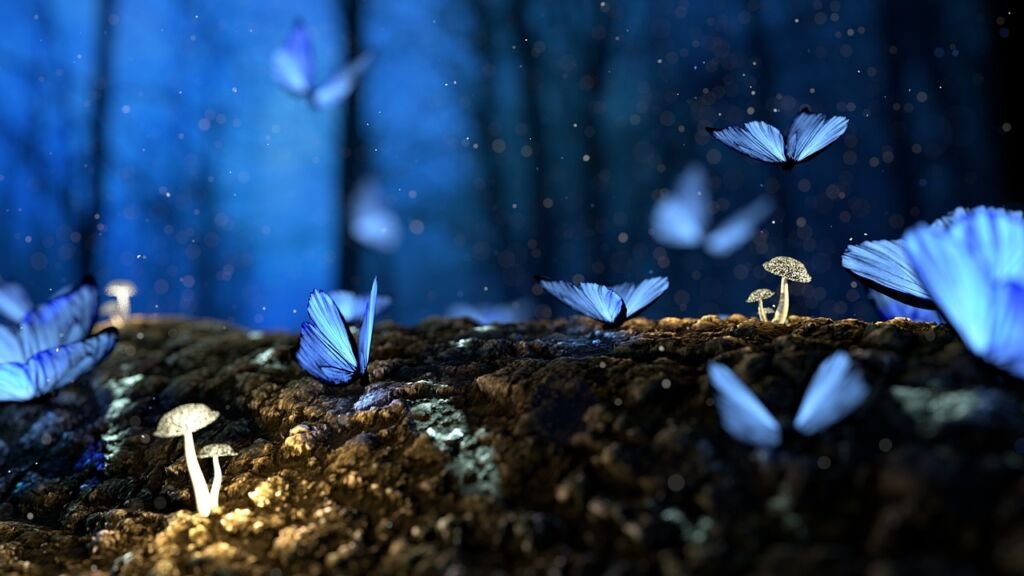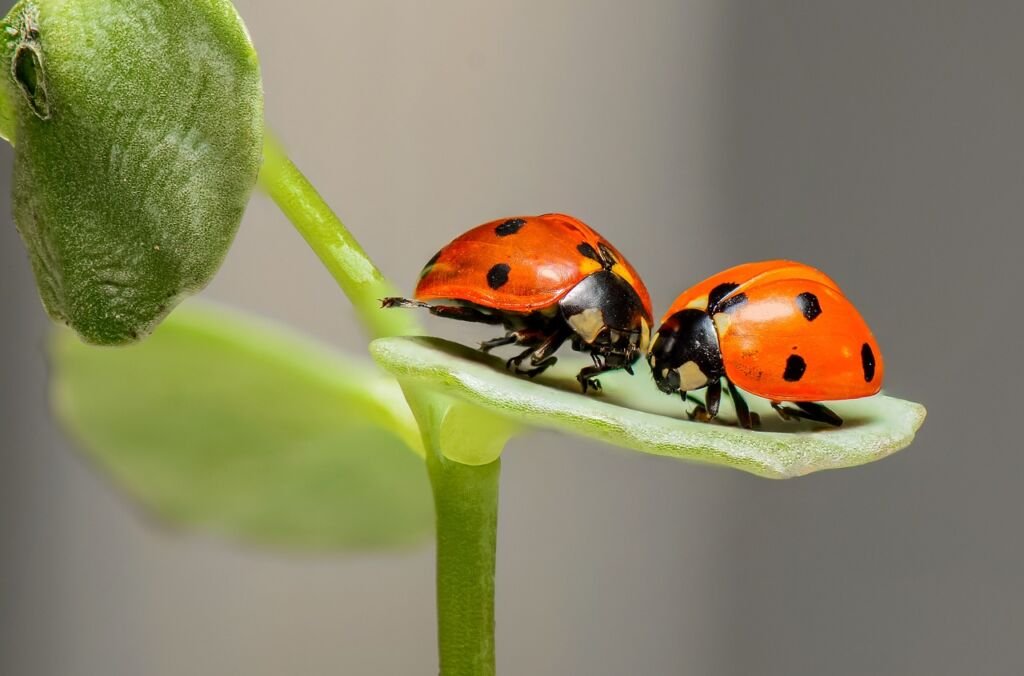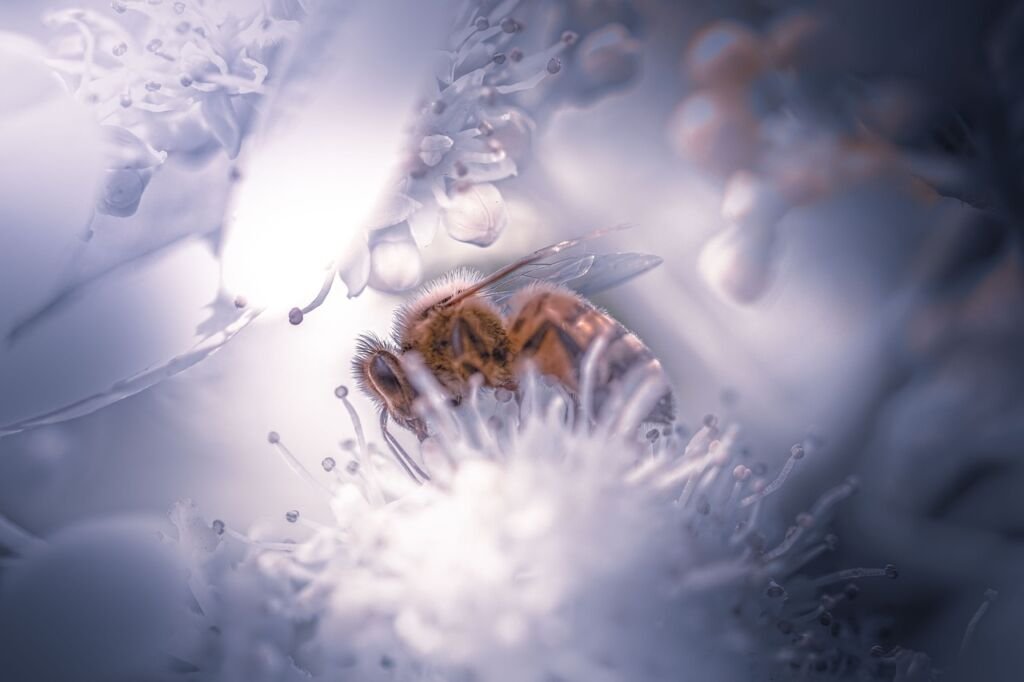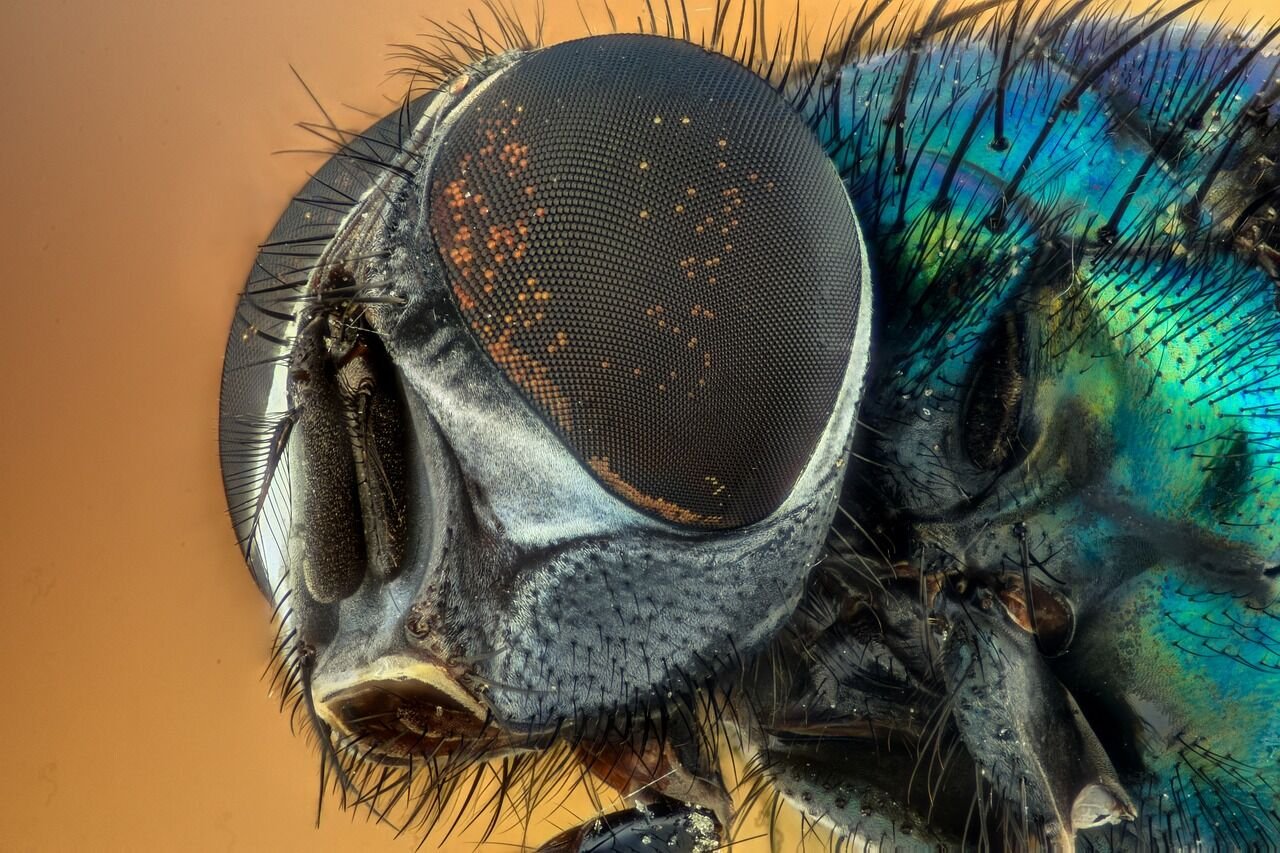Insects are some of the most diverse and fascinating creatures on our planet. From the smallest ant to the largest beetle, insects have adapted to a wide range of environments and lifestyles. One of the most interesting aspects of their biology is their vision. In this post, we’ll explore how insects see the world and some of the amazing adaptations they’ve evolved for visual perception.
Compound eyes: a different way of seeing

Unlike humans and other vertebrates, insects have compound eyes, which are made up of many small lenses arranged in a hexagonal pattern. Each lens covers a small portion of the insect’s field of view, and the images from all the lenses are combined in the insect’s brain to create a mosaic-like picture of the world. This means that insects see the world in a fundamentally different way than we do, with a much wider field of view and the ability to detect movement and patterns that are invisible to us.
Color vision: from ultraviolet to red

In addition to their unique eye structure, insects also have a wide range of color vision. Some insects, such as bees, can see ultraviolet light, which is invisible to us. This allows them to navigate using the patterns of ultraviolet light reflected by flowers, which are used as visual cues to locate nectar and pollen. Other insects, such as butterflies, have highly specialized color vision that allows them to distinguish between different shades of red and green. This adaptation is thought to help them locate suitable host plants for their larvae, which often have distinctive coloration.
Polarized light: a secret navigation tool

Another fascinating adaptation of insect vision is their ability to detect polarized light. Polarization refers to the orientation of light waves, which can be used as a navigation tool in many insects. For example, honeybees use the polarization of sunlight to locate the position of the sun, which allows them to navigate to and from the hive with remarkable accuracy. Other insects, such as dragonflies and ants, also use polarization for navigation and communication.
Conclusion
Insects are some of the most visually impressive creatures on our planet, with unique adaptations that allow them to see the world in ways that are invisible to us. Their compound eyes, specialized color vision, and ability to detect polarized light are just a few of the amazing adaptations that have evolved in the insect world. So the next time you see a bee buzzing around a flower or a butterfly flitting through a garden, take a moment to appreciate the incredible visual world that they inhabit.
